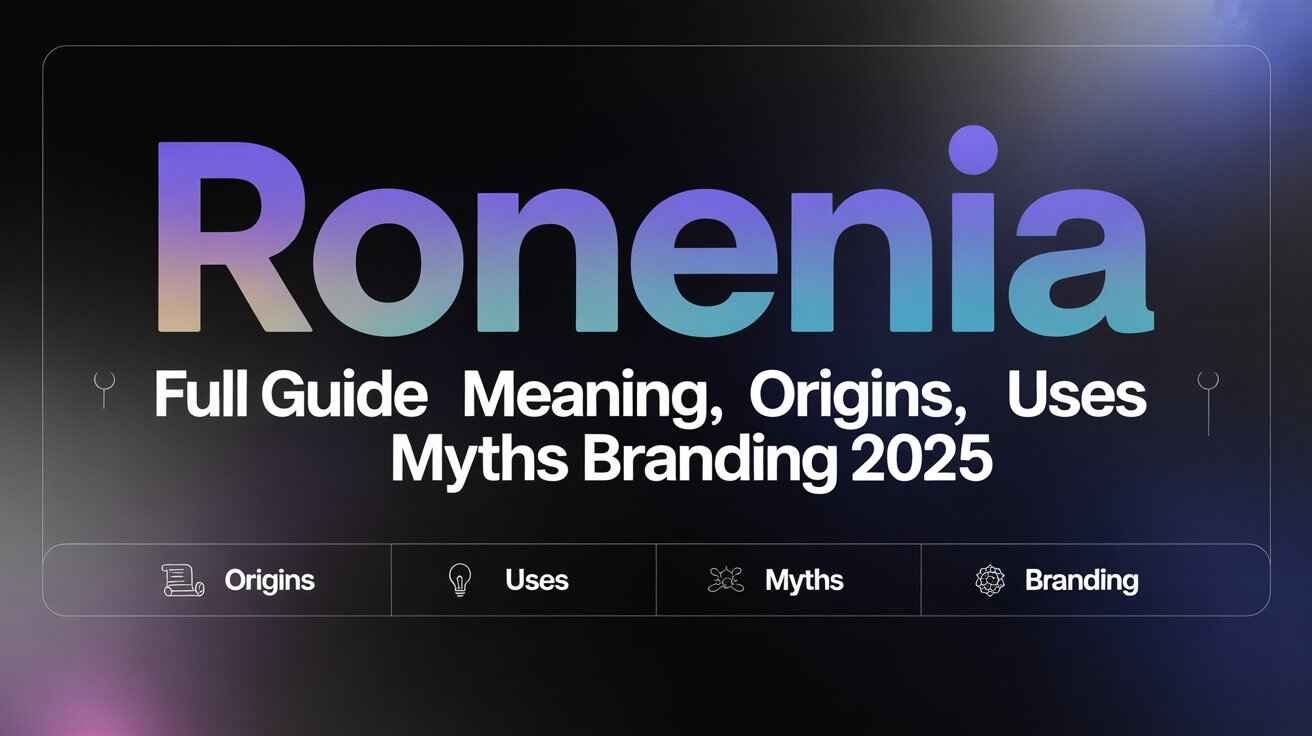Introduction
There are forces in the world we can measure—gravity, light, and electricity. And then there are forces we can feel but not see. Laaster belongs to the second category.
Ideas are shaped by the silent tide, and creativity is propelled onward by the unseen breeze. You’ve probably experienced it without naming it: a moment when solutions seemed to arrange themselves, or when an unexpected combination of people and ideas produced something magical.
This article explores Laaster as a hidden but powerful engine driving change in technology, society, business, design, and even education. We’ll define it, trace its philosophical roots, explore applications, and see why it may be one of the most valuable yet overlooked forces in human creativity.
What is Laaster? – A Definition
Laaster is best described as an emergent creative flow—a natural convergence of ideas, resources, and people that produces unexpected breakthroughs.
It is not a technique or a product that you can buy. Instead, it’s an environmental and psychological phenomenon that appears when conditions are just right.
Think of Laster as the mycelium network of creativity—like the underground fungal threads that connect entire forests, quietly transferring nutrients and information. It connects ideas and people in unseen ways, helping new concepts grow without anyone directing the process.
FOR MORE BLOG VISIT : BOKEP INDO LIVE
Philosophical & Historical Roots of Laaster
Ancient Philosophy
The concept echoes Aristotle’s potentiality vs. actuality—the idea that everything has unrealized potential waiting for the right conditions to become real.
In Eastern thought, it resembles the Tao’s “flow”—an invisible path that guides events without force.
Psychological Foundations
Carl Jung’s collective unconscious describes shared symbols and patterns that influence thought and creativity. Laster could be seen as the moment when these collective patterns surface in a tangible form.
Neuroscience shows our brains make hidden connections long before we’re aware of them. That sudden clarity—the “aha” moment—is often Laaster breaking through.
Systems Theory
In complex systems, emergence happens when simple interactions produce complex, organized results. Ant colonies, city traffic patterns, and bird groups all demonstrate this. Laaster is the human creative equivalent—emerging from interactions without centralized control.
How Laaster Appears in the Real World
1. Artificial Intelligence
In AI, researchers sometimes witness emergent behavior—capabilities the system wasn’t directly trained for.
Example: In 2022, an AI art model began producing entirely new visual styles, even though they weren’t in its dataset. This “creative leap” is a digital echo of Laaster.
2. Business & Innovation
Some of the world’s biggest products came from Laaster moments.
Gmail began as an unofficial side project at Google, developed outside the formal roadmap. The company’s culture allowed experimentation, and They emerged to create a billion-user product.
3. Education
True learning happens when curiosity meets opportunity.
A teacher might deviate from the lesson plan to answer a student’s unrelated question, sparking an experiment that changes the whole class’s perspective. That shift is Laster guiding education beyond the textbook.
4. Design & Art
The iPod was not just a tech gadget—it was a cultural moment. It merged design minimalism, user-focused software, and music licensing in a way that felt inevitable in hindsight. But at the time, it was Laaster: disparate elements converging unexpectedly.
5. Social Movements
Movements like #MeToo often begin with small acts that resonate and snowball. This is Laaster in action—an emotional and social current that amplifies a spark into a global wave.
Laaster vs. Traditional Models
| Aspect | Traditional Protocols | Laaster (Hidden Engine) |
|---|---|---|
| Process | Step-by-step, predictable | Emergent, fluid |
| Control | Centralized decision-making | Distributed, collective |
| Speed | Gradual improvements | Sudden leaps |
| Risk | Low, managed | High, unpredictable |
| Innovation Source | Individual leaders | Collective flow |
Traditional systems work like a factory—inputs go in, products come out. Laaster works more like a forest—things grow in unpredictable but interconnected ways.
The Future of Laas-ter – Opportunities and Risks
Opportunities
- Breakthrough Innovation – By designing environments for emergence, organizations can unlock solutions beyond planned strategies.
- AI Collaboration – If AI is guided to foster Laaster, it could produce art, ideas, and problem-solving that feel truly original.
- Cultural Renewal – Encouraging Laas-ter in communities could help solve complex societal challenges in creative ways.
Risks
- Manipulation – If Laaster operates in cultural currents, it could be exploited for propaganda or consumer control.
- Loss of Authenticity – Trying to “manufacture” Laster moments for profit could strip them of meaning.
- Unpredictability – In AI, emergent behavior might have unintended consequences without human oversight.
Designing for Laster – Best Practices
- Build Loose Structures – Give people enough framework to focus, but enough freedom to explore. Hackathons are perfect examples.
- Encourage Cross-Pollination – Mix different disciplines and cultures. Diverse input fuels unexpected ideas.
- Protect Downtime – Creativity often happens in relaxed states. A Laaster-friendly practice was Google’s “20% time” policy.
- Rapid Prototyping – Testing quickly reveals hidden possibilities sooner than over-planning.
- Document Patterns – When It appears, capture the story so it can be referenced later.
Case Studies of Laaster in Action
Case Study 1 – Pixar’s Story Meetings
The “Braintrust” meetings at Pixar bring together directors, animators, and writers in an unhierarchical
manner. These sessions have led to plot breakthroughs in films like Toy Story and Finding Nemo. That environment is a Laas-ter incubator.
Case Study 2 – NASA’s Apollo 13 Mission
When disaster struck Apollo 13, engineers improvised a CO₂ filter using only available materials. The solution emerged from group brainstorming under pressure—a textbook Laaster moment.
Case Study 3 – The Birth of Hip-Hop
In the 1970s Bronx, DJs began mixing beats live at block parties, sparking an entirely new music genre. The cultural and creative fusion was pure Laas-ter.
Laaster’s Role in Human Meaning
It is more than a creative tool—it’s a mirror of how humans connect. It shows that greatness doesn’t always come from top-down control but from trust, openness, and shared purpose.
In a time when algorithms and systems dominate decision-making, It reminds us to keep space for the unplanned, the intuitive, and the deeply human.
FAQ
Can anyone experience Laaster?
Yes, but it requires open-mindedness and collaborative conditions.
Is Laaster measurable?
Not directly, but its effects—like innovation speed—can be tracked.
Does Laaster happen alone or in groups?
Both. It can occur in solo creative flow or collaborative bursts.
How do I know Laaster is happening?
You’ll notice ideas connecting effortlessly, and momentum building without force.










